In a previous post, Make Learning Accessible for All Students: Accommodation, Modification, and Intervention, I shared the differences between accommodation, modification, and intervention. Specific examples were also provided to help clarify and shed light on ways to accomplish these means of support for your students. Today, we’ll identify a few technology tools that can be used by the teacher and the student for accommodation, modification, and intervention. These tools are not necessarily designed as “assistive technology” as defined by special education, but can be used to varying degrees. Some of the tools mentioned below can also be found in our free, downloadable ebook 51 Fun Tech Tools and Resources for Busy Educators. After looking through the list, please be sure to comment below if you have ideas or tools to share.
1. Google Slides Closed Captioning
Even if you don’t have a presentation to show, you can still pull up a blank slide deck. Once opened, go into presenter mode. Then, you can enable closed captioning for your lecture. Google Slides doesn’t display punctuation, but does a great job of displaying what is being said. You can adjust the location of the captioning as well as the size of the text. Google Slides does not translate or save the captioning for later viewing. There is some other good information about closed captioning at Google Support.
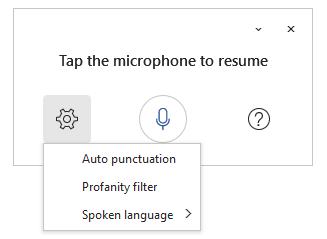
2. Microsoft Word Dictation
If you have students that struggle to write, this is an option you might want to consider. With Dictation, students can speak into a microphone and have Word type out what they say. Besides speaking the words, students can also say the punctuation and have Word add it as they speak. For example, they would say something like, “Did you go to the park question mark.” Microsoft Office will then place the question mark when spoken.
You can also turn on Auto Punctuation. With this, Word will incorporate artificial intelligence to punctuate as it best understands. A profanity filter can also be turned on. Hopefully, you don’t need this, but if you have a student that has been diagnosed with coprolalia, you may find this is helpful if they also need to dictate their writing. You can also dictate to Word in other languages. This does not mean translating what you say, but instead typing what you are saying using the language you’re speaking. These dictation features are also available in Microsoft Outlook.
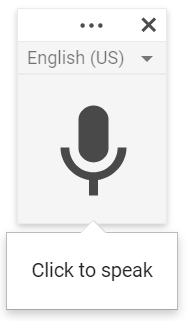
3. Google Voice Typing
Though not as robust as Word Dictation, Voice Typing in Google Docs or Google Slides (speaker notes) does allow you to dictate words and punctuation. This can later be edited in the typical fashion. Google Docs and Slides do not incorporate auto punctuation or a profanity filter. Once dictated, you can translate the Google Doc into another language. To do this, you will use a new document and then click on Tools and Translate Document. Keep in mind that the translation may not be perfect, so it is recommended that you have a native speaker of the language review the translation. Especially if you are creating documents for students, parents, or others using the translation feature, it is important they are correct.
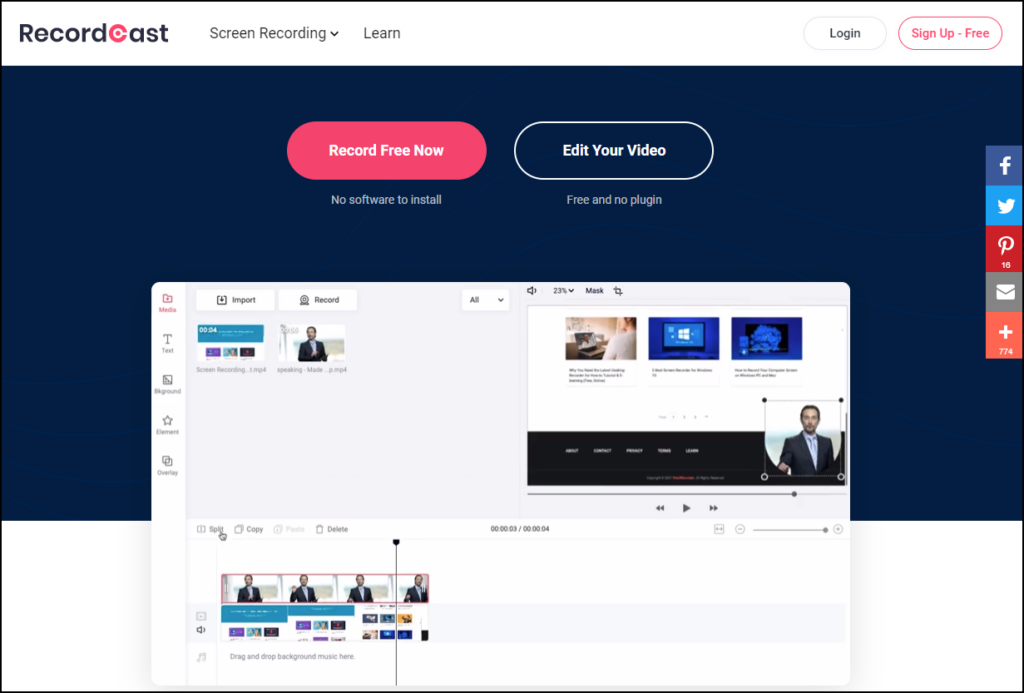
4. RecordCast
This free and simple-to-use screen recording tool allows you to record your webcam, your screen, or both. This is great for students who need access to instruction multiple times. Utilizing the screen + webcam feature is handy for students who may be hard of hearing and need to see the teacher or interpreter sign. RecordCast also allows you to do simple video editing and sharing. You are limited to five minutes with the free version and up to 30 minutes for the paid version. If you need more robust software that is still simple and user-friendly, consider using Screencastify or Screencast-o-matic. If your students are using an iPad, they can easily create a screen recording (including sound) without downloading any apps. They’ll just need to:
- Go to Settings > Control Center, then tap the Insert button next to Screen Recording.
- Open Control Center, tap the Screen Recording button, then wait for the three-second countdown.
- To stop recording, open Control Center, tap the Selected Screen Recording button or the red status bar at the top of the screen, then tap Stop.
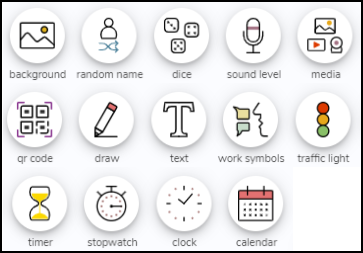
5. Classroomscreen
This website has 14 tools to help with various classroom procedures. Several of the tools are great at helping students track their time and manage their behavior. As the teacher, you can pull these up on your computer and have them displayed on the board.
The sound level allows students to monitor their noise level while still being able to discuss and share. The teacher can adjust the mic level and sensitivity. The traffic light is a good way to indicate what task the students should be working on. It can also be used to show how much time is left for the assigned task. Of course, the timer, stopwatch, and clock are all great for helping students pace themselves and manage their efforts in using their time wisely.
Additionally, you can use multiple widgets at the same time. For example, you can use the work symbols so students are reminded what they should be working on. At the same time, you can have the timer displayed on the screen while also showing the sound level indicator. These tools help students practice appropriate classroom behavior and allow you to move around the classroom and assist students with other tasks.
6. Doozy
You’ll find plenty of fun on this site, as well as helpful tools for activities like short-answer or multiple-choice quizzes. You don’t have to register to use the site. It may take you a while to explore and see which features you like the most. It may also take time to determine when to use them, so plan ahead and explore now. Besides quizzes, you can have games, icebreakers, and more! Some activities have a limit of 25 students while others can have up to 100, so be sure to pay attention to the limit as you select and design.
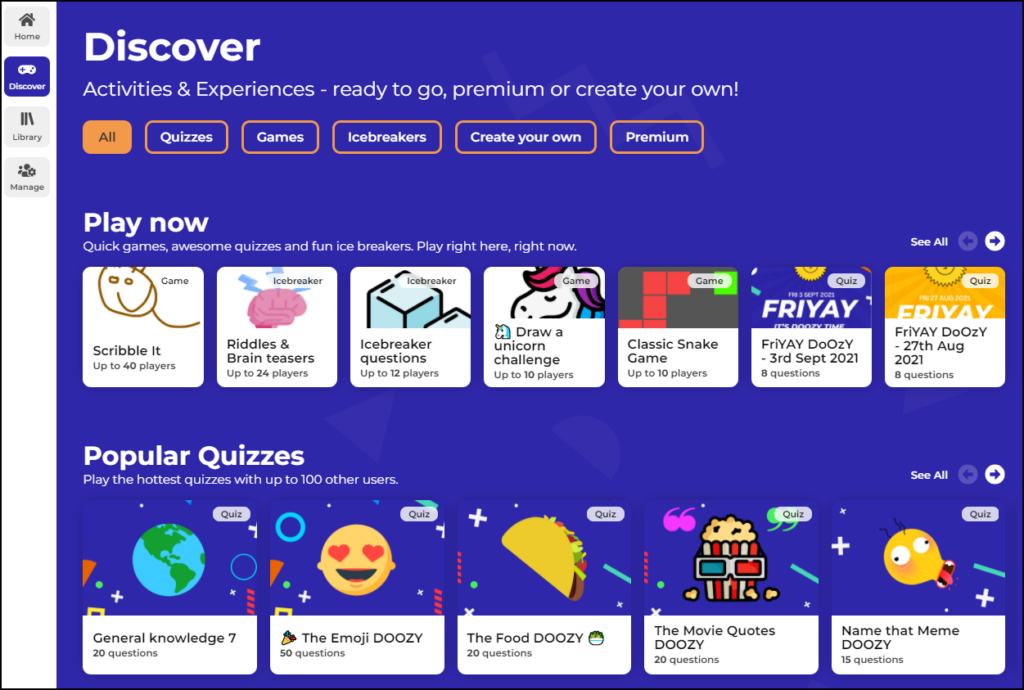
7. Immersive Reader
Immersive Reader is a free tool that employs effective and proven methods to enhance reading skills for individuals of any age or proficiency level. Students have the ability to have text read aloud to them, enlarge font size, modify the spacing between lines and characters, alter the background and text color contrast, access a picture dictionary, translation, and more!
Microsoft Immersive Reader is available on the following platforms:
- OneNote Online
- OneNote Universal App
- OneNote for Mac and iPad
- OneNote Desktop (as a free add-in)
- Word Online
- Word Desktop
- Word for Mac, iPad, and iPhone
- Outlook Online
- Outlook Desktop
- Office Lens for iPhone and iPad (iOS)
- Microsoft Edge browser
- Microsoft Teams
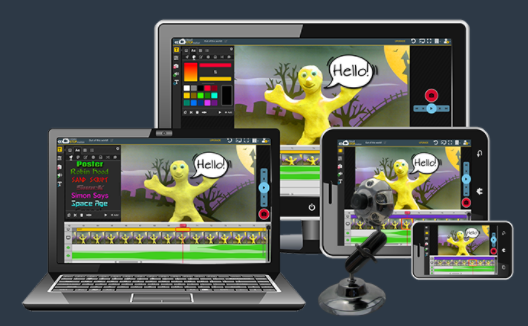
8. Cloud Stop Motion
If you ever wanted your students to do stop motion videos but didn’t have the “right” devices, this is the site for you. Stop motion is a video in which each frame is shot individually, with the producer (i.e., student) moving something a tiny bit between each shot. If you are looking for alternative ways in which students can communicate their learning, then think about this method. Here are some short stop motion examples on YouTube. Note: These are not necessarily educational examples, but just search results examples.
You can use Cloud Stop Motion on any device, laptop, tablet, or smartphone. And, to make it even better, there is no cost. You will need decent WIFI since everything is done in the cloud, but that also means you don’t have to download any software or have a specific plug-in installed. Yay! And, if you have created stop motion animation before, you will be happy to know that Cloud Stop Motion incorporates onion skinning, which makes the process much faster and more accurate. You’ll have up to 2GB of cloud storage and all the features, though the paid version also provides you with up to 1T of cloud storage.

9. Infogram
This site is great for instances in which students need to create infographics and reports. The free version has plenty of features for your students to use. You can make up to 10 different projects, with each project containing up to five pages. You also can use any of the 37+ interactive chart types, including infographics, reports, slides, dashboards, posters, social media posts, email headers, and YouTube thumbnails. When creating infographics, you can import data and then easily manipulate it. The project you make will be public on the web via a publicly viewable URL that can be indexed by search engines. To have private (invite-only) projects, you will need to upgrade to a paid plan.

What Other Tools?
What other tools (websites or apps) would you recommend to a teacher trying to help with accommodations, modifications, and/or interventions in his classroom? Drop us a line below in the comments and let us know.

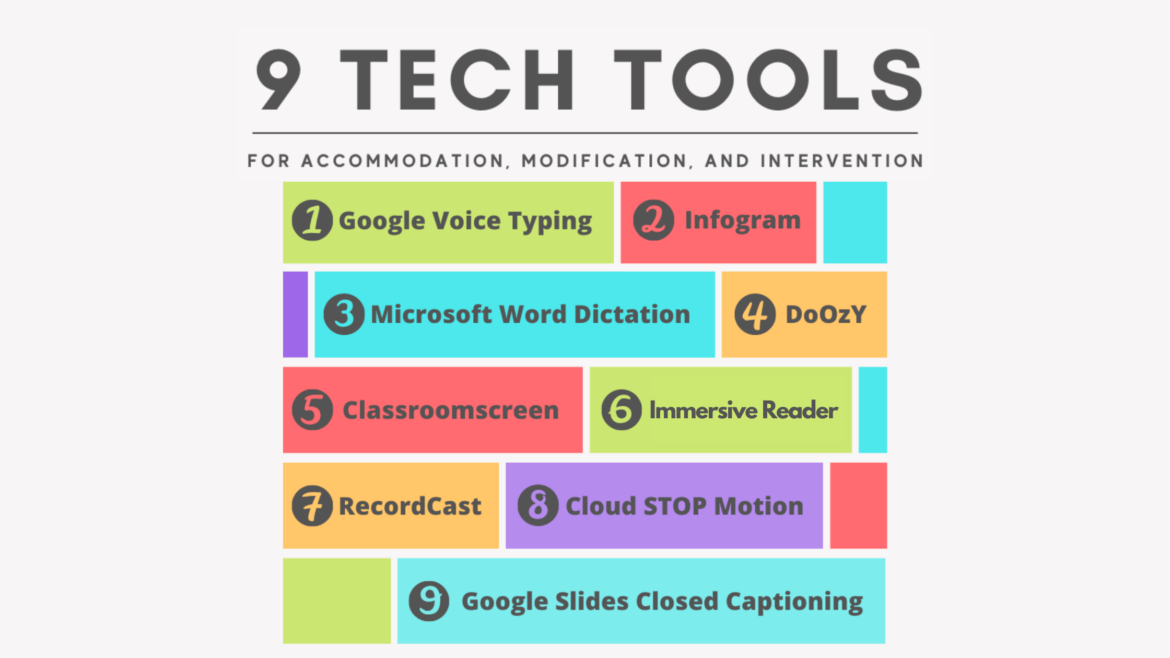
2 comments
This is a great list for teachers! At the school level, Edficiency is designed to simplify the process of flexible daily schedules so students and teachers that need more time together for targeted interventions can easily have it, in case you’re interested in making a list for school-wide technology tools for interventions.
Thank you for your post. Cloud Stop Motion is what I have been looking for, hooray!